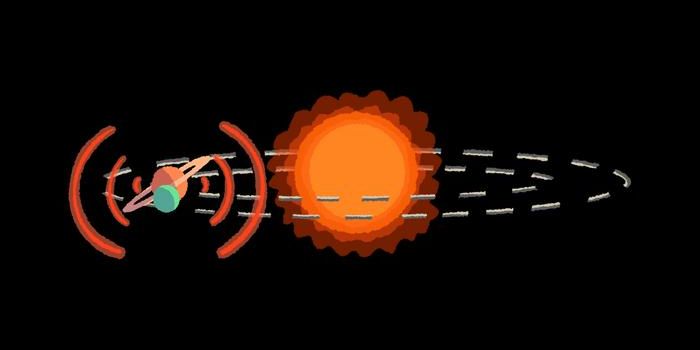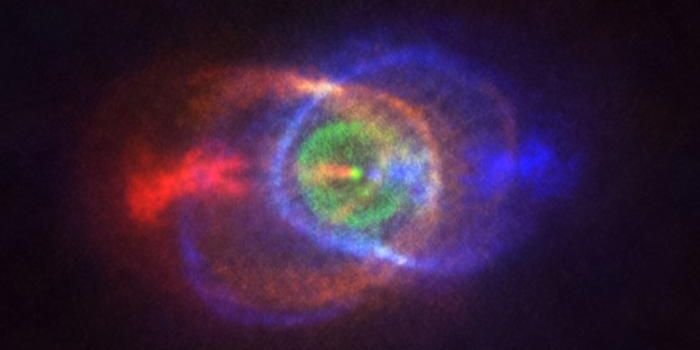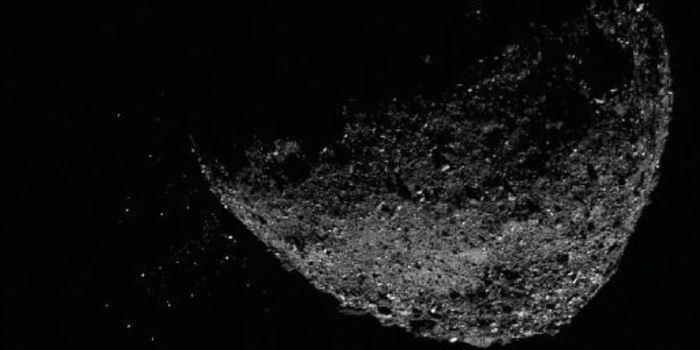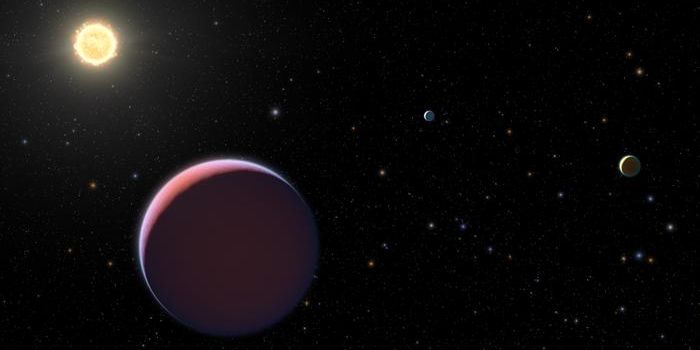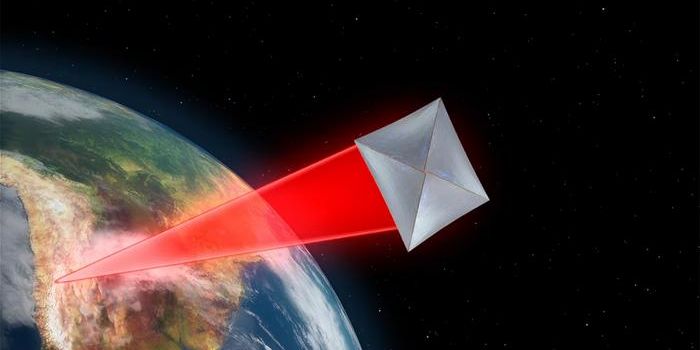Cluster of Free-Floating Planets Captured by Kepler Telescope
The Kepler Space Telescope has captured evidence of mysterious free-floating planets, or planets that are alone in deep space without a host star. The findings were published in Monthly Notices of the Royal Astronomical Society by an international collaboration of scientists.
For the study, the scientists used data collected in 2016 during the K2 mission phase of NASA’s Kepler Space Telescope. During the two-month mission phase, Kepler recorded observations of millions of stars in the center of our Galaxy every 30 minutes in an attempt to capture evidence of free-floating planets using microlensing.
Microlensing was predicted by Albert Einstein as a consequence of his General Theory of Relativity. It is a form of gravitational lensing which involves light from a background source, such as a star, being bent by the gravitational field of a foreground lens, potentially other stars.
This process produces a short burst in brightness lasting from hours to a few days. A rare event, Einstein predicted that roughly one in every million stars in our Galaxy may be visibly affected by microlensing at a given time and that few of these events would be caused by planets.
In analyzing the data from the Kepler Space Telescope, the researchers uncovered 27 short-duration candidate microlensing signals. While many had been found previously, the four shortest events were new discoveries. The scientists noted that these new events did not exhibit an accompanying longer signal expected from a host star, meaning they were potentially free-floating planets.
Currently, it is thought that free-floating planets form around a host star before being ejected by the gravitational pull of other, heavier planets in the solar system.
"Kepler has achieved what it was never designed to do, in providing further tentative evidence for the existence of a population of Earth-mass, free-floating planets.” says Eamonn Kerins, co-author of the study.
“Now it passes the baton on to other missions that will be designed to find such signals, signals so elusive that Einstein himself thought that they were unlikely ever to be observed. I am very excited that the upcoming ESA Euclid mission could also join this effort as an additional science activity to its main mission."
Sources: Monthly Notices of the Royal Astronomical Society, EurekAlert



